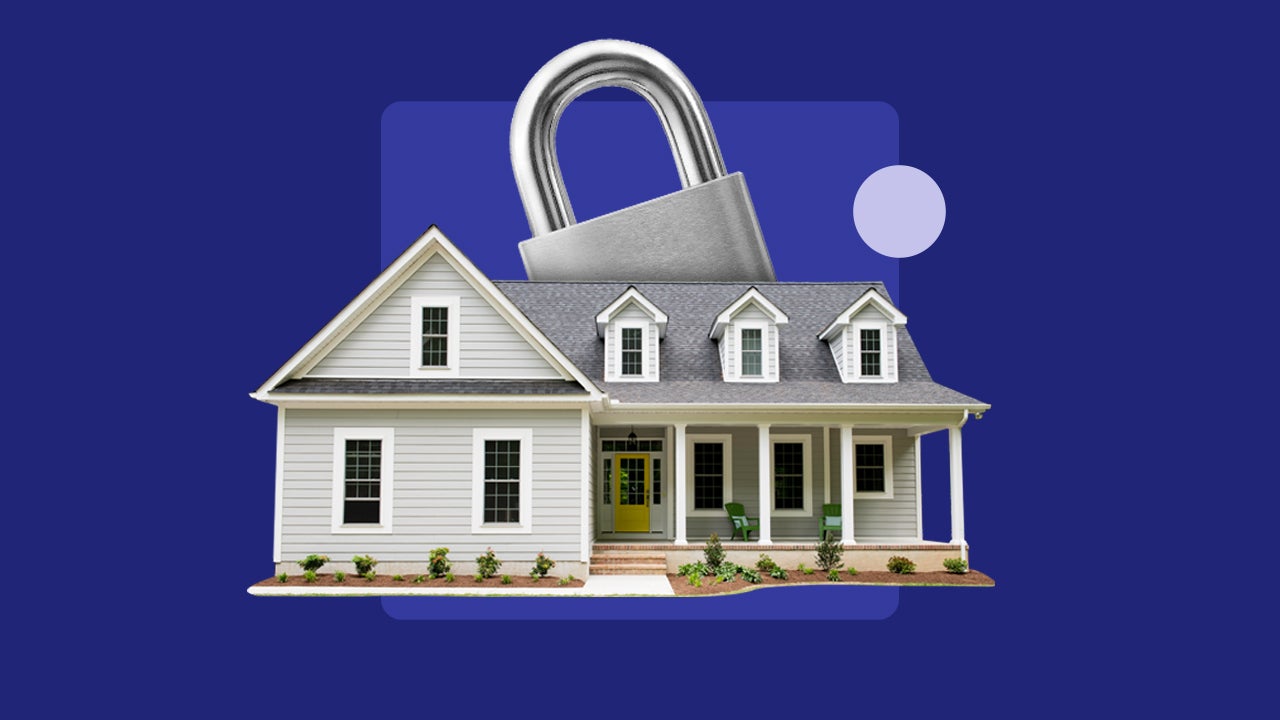What is back-to-back escrow?

If you’re looking to sell a home or property and need the money to immediately buy another, back-to-back escrow may be perfect for your situation. This arrangement allows you to quickly close on both transactions. Without it, you might have to wait several weeks for funds to come to you from the first sale, then for you to send that money to a new closing agent or title company and then wait for your check to clear before you can close on the second property.
Back-to-back escrow may also be leveraged in the process of a refinance, if a new lender is handling the new mortgage.
What is back-to-back escrow?
Back-to-back escrow is a real estate transaction that allows a single entity to finalize the sale of one property and the purchase of another at the same time. By letting the money from the sale enter the escrow account when the sale closes, the buyer can purchase a new home with those funds almost simultaneously.
Also known as concurrent escrow and simultaneous closing, back-to-back escrow is normally set up in order to allow a party to receive proceeds from the sale of one home to finance the purchase of another, usually within the same day. One of the requirements of setting up back-to-back escrow is that funds from the sale of the first property must be sent directly to an escrow account and can only be used to purchase the second property.
When is back-to-back escrow used?
Back-to-back escrow is used whenever you’re closing on two transactions in a short period of time. It is most often used when someone is selling a property to immediately buy another property with the proceeds from the first sale. Individual homeowners and real estate investors can both use back-to-back escrow to be able to close their deals faster.
Back-to-back escrow may also take place when a homeowner is refinancing a home, and using a different lender for the new (presumably more advantageous) mortgage that will go towards paying off the original one. It’s essentially the same process, only the funds are going to a lender, rather than to a home buyer.
What are the advantages of back-to-back escrow?
The biggest advantage of back-to-back escrow is how much it speeds up your transactions. The money is all held in one place so there are no delays waiting for checks to clear or for funds to be verified. The risk of escrow fraud is also reduced if you’re only involving one escrow company. You’re less susceptible to sending your home sale proceeds to the wrong place if you don’t have a second account you need to verify.
The biggest disadvantage to back-to-back escrow is the risk that if the first deal falls through or is delayed, it could jeopardize the second deal. In this scenario, you could be in a position in which it’s necessary to quickly come up with the cash or a loan option to be able to close on the second property.
Whether or not back-to-back escrow is useful for your situation depends on what your timeline for selling and buying looks like. Speaking with a real estate agent or a loan officer (if it’s for a refinance), may help you decide which route provides the most benefit and least risk for what you are hoping to accomplish.
You may also like

Escrow insurance: What is it and when do you need it?

What is a second mortgage, and how does it work?




